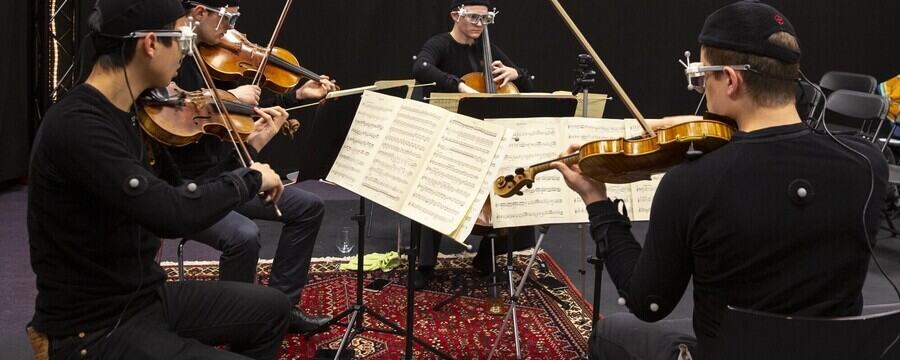Introduction to accelerometry
Accelerometry is a technique for capturing motion using inertial sensors. In this video, Victor and Alexander talk about accelerometry. They try to answer questions like: What is an accelerometer? What …
New offer! Get 30% off one whole year of Unlimited learning. Subscribe for just £249.99 £174.99. T&Cs apply
